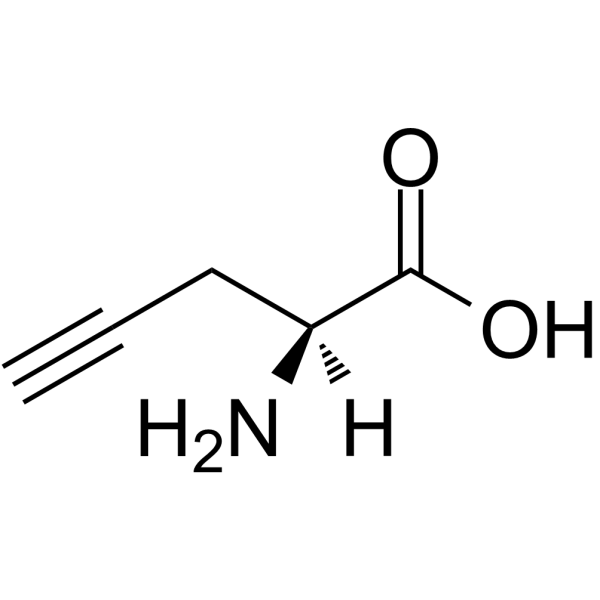| 结构式 | 名称/CAS号 | 全部文献 |
|---|---|---|
 |
L-炔丙基甘氨酸
CAS:23235-01-0 |
|
 |
DL-炔丙基甘氨酸
CAS:64165-64-6 |
| 结构式 | 名称/CAS号 | 全部文献 |
|---|---|---|
 |
L-炔丙基甘氨酸
CAS:23235-01-0 |
|
 |
DL-炔丙基甘氨酸
CAS:64165-64-6 |